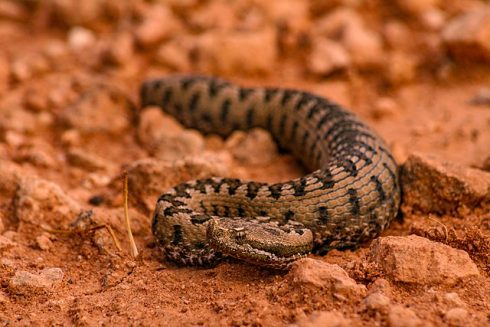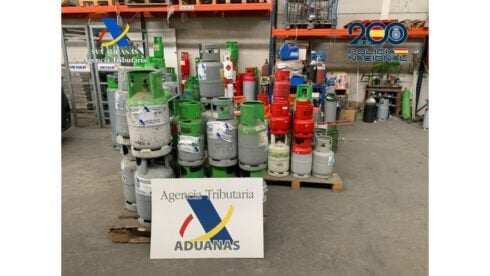JUST two decades ago, the Iberian lynx was identified as the world’s most endangered cat, teetering on the verge of extinction with less than 100 individuals left roaming in isolated pockets in the wilds of southern Spain.
Preyed upon by hunters and with their natural habitat depleted by intense farming and busy roads, the Lynx partinus was looked set to become the first species of cat to die out since the sabre-toothed tiger 10,000 years ago.
But on Friday conservationists were celebrating the happy news that the population had once again risen above 1,000 thanks to the success of a breeding programme and release into the wild scheme.
The latest census shows that by the end of last year there were 1,111 Iberian lynx living across Spain and Portugal, including 239 breeding females and the birth of 414 cubs in 2020 alone.
“With a 30% increase from 2019, this demographic curve allows us to be optimistic and to draw scenarios that distance the big Iberian feline from critical risk of extinction,” Spain’s Environment ministry said on Friday.
Why were they endangered?
Lynx pardinus was once found throughout Spain, Portugal and parts of southern France, with a population at the turn of the 20th Century estimated at some 100,000.
But their luxuriant speckled coat was much prized and led to decades of over-hunting which saw the population decimated to fewer than 10,000 by the end of the 1980s.
Their numbers were further devastated by intense farming and construction projects that eroded their territory, while new highways turned them into frequent roadkill.
The existence was further threatened by a loss of their main staple; rabbits, which were all but wiped out by a myxomatosis epidemic followed by the rabbit haemorrhage disease virus (RHDV) in the 1990s.
By 2002, the number of known individual lynx left in the wild was down to just 94, living in two isolated pockets of Andalusia – one in Doñana (Huelva) and another in Andújar (Jaén).
Successful breeding programme
Recognising the danger facing Europe’s largest cat species, the Spanish government launched a captive breeding programme using joint funds between the EU and Spanish administrations estimated at more than €100 million.
The release of young cats to find new territory in the wild has seen the population spread across Andalusia, Castilla-La Mancha and Extremadura and into southern Portugal.

They have even been spotted in the Madrid Community and, most extraordinarily, on the outskirts of Barcelona.
In 2015, the International Union for Conservation of Nature (IUCN) downgraded the threat level from ‘Critically Endangered’ to Endangered’.
Not out of danger yet
Although the penalties for illegally hunting the elusive nocturnal cats, which boast tufted ears and a fluffy beard, are huge there are still incidences of animals being shot as well as caught in traps laid by farmers intending to catch foxes and pine martens.
But by far the biggest danger still facing the animals is that of Spain’s highways. In 2019 alone, 34 lynx were killed on roads across Spain.
In order to be classified as non-endangered, the Iberian lynx population would need to be above at least 3,000, including 750 breeding females, according to the WWF, a target that could be achievable by 2040.
READ ALSO:
- Wolf hunting to be banned in Spain but divisions over predator still strong
- Iberian lynx found dead from gunshots wounds in Spain’s Doñana
- On the trail of Andalucia’s big cat – has Iberian Lynx returned to Spain’s iconic city of Ronda?
Click here to read more Environment News from The Olive Press.








